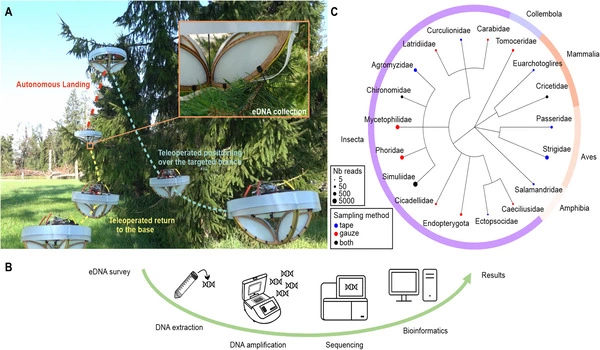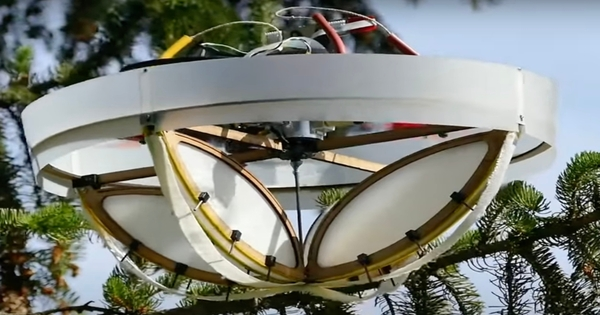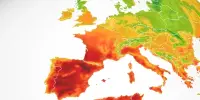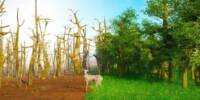Environmental DNA (eDNA) is DNA that is shed from organisms into the environment, such as soil, water, or air. It can provide valuable information about the presence and abundance of different species in a given environment, without the need for direct observation or capture of the organisms themselves.
To collect samples, researchers created a flying device that can land on tree branches. This opens up a new dimension for scientists that was previously only available to biodiversity researchers. Environmental DNA (eDNA) is a type of genetic material left behind by living organisms in the environment that ecologists are increasingly using to catalog and monitor biodiversity. Researchers can use these DNA traces to determine which species are present in a given area.
Water and soil samples are easy to collect, but other habitats, such as the forest canopy, are more difficult for researchers to access. As a result, many species remain undiscovered in underexplored areas.
Researchers at ETH Zurich and the Swiss Federal Institute for Forest, Snow, and Landscape Research WSL, and the company SPYGEN have partnered to develop a special drone that can autonomously collect samples on tree branches.
Here we have the advantage of knowing which species are present, which will help us to better assess how thorough we are in capturing all eDNA traces with this technique or if we’re missing something.
Stefano Mintchev
How the drone collects material
The drone comes with adhesive strips. When the aircraft lands on a branch, the branch’s material adheres to these strips. Researchers can then extract DNA in the lab, analyze it, and use database comparisons to assign it to genetic matches of various organisms.
However, not all branches are the same: they differ in thickness and elasticity. When a drone lands on a branch, it bends and bounces back. The roboticists faced a significant challenge in programming the aircraft so that it could approach a branch autonomously and remain stable on it long enough to collect samples.
“Landing on branches requires complex control,” explains Stefano Mintchev, Professor of Environmental Robotics at ETH Zurich and WSL. Initially, the drone does not know how flexible a branch is, so the researchers fitted it with a force-sensing cage. This allows the drone to measure this factor at the scene and incorporate it into its flight manoeuvre.

Preparing rainforest operations at Zoo Zurich
The researchers tested their new device on seven different tree species. They discovered DNA from 21 different groups of organisms, or taxa, in the samples, including birds, mammals, and insects. “This is encouraging because it demonstrates that the collection technique works,” says Mintchev, co-author of the study, which was published recently in the journal Science Robotics.
The researchers now want to improve their drone even more in preparation for a competition in which the goal is to detect as many different species as possible in 24 hours across 100 hectares of Singapore rainforest.
To test the drone’s efficiency under conditions similar to those it will experience at the competition, Mintchev and his team are currently working at the Zoo Zurich’s Masoala Rainforest. “Here we have the advantage of knowing which species are present, which will help us to better assess how thorough we are in capturing all eDNA traces with this technique or if we’re missing something,” Mintchev says.
However, for this event, the collection device must become more efficient and mobile. The drone collected material from seven trees in three days during tests in Switzerland; in Singapore, it must be able to fly to and collect samples from ten times as many trees in just one day.
Collecting samples in a natural rainforest, on the other hand, presents the researchers with even more difficult challenges. Rain frequently washes eDNA off surfaces, while wind and clouds make drone operation difficult. “We are therefore very interested to see if our sampling method will also stand up to extreme conditions in the tropics,” Mintchev says.
















